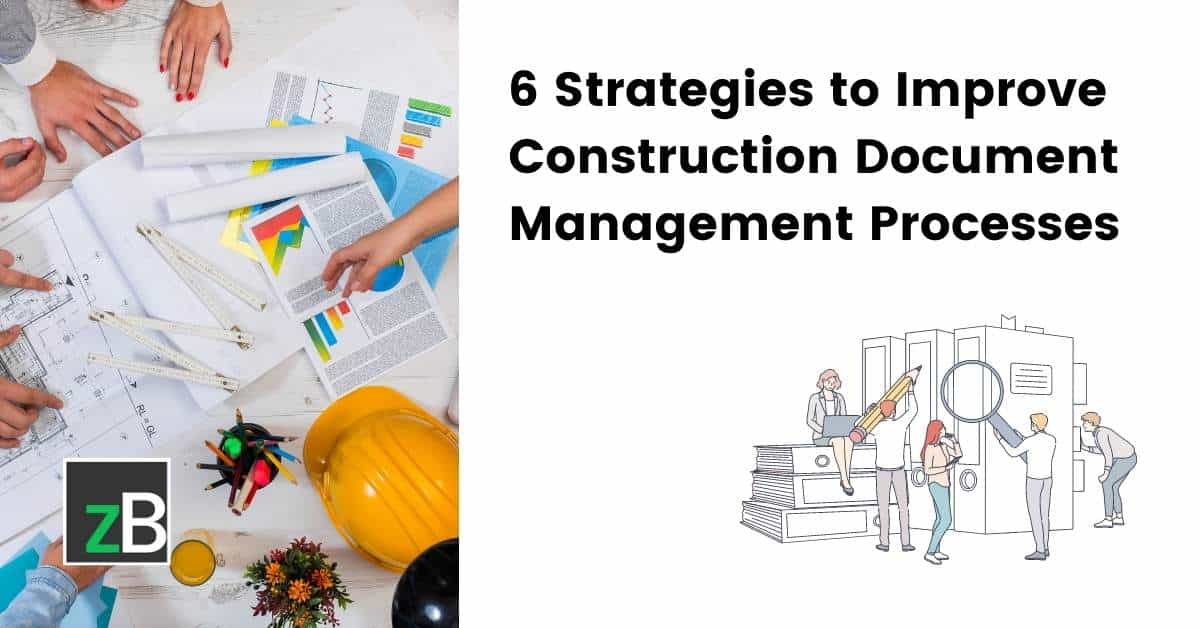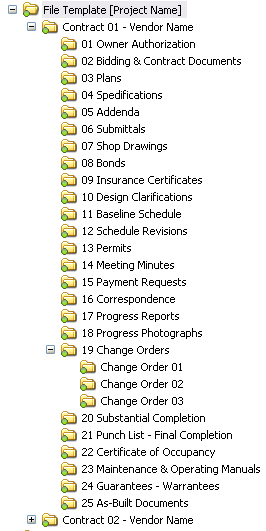Optimizing Job Collaboration: Engineer's Best Practices in Building Document Administration
In the intricate realm of architectural tasks, the efficient administration of building documents stands as a foundation for success. Amidst this intricacy lies a vital concern: how can engineers streamline cooperation processes to improve job end results?
Leveraging Cloud-Based Platforms
By transitioning from traditional paper-based systems to shadow services, architects can simplify partnership, improve record availability, and improve overall job effectiveness. This accessibility advertises smooth communication and coordination amongst project stakeholders, leading to less errors and hold-ups in the building process.
In addition, cloud-based platforms provide a secure setting for storing delicate project details, providing encryption, normal backups, and user approval settings to safeguard information stability. Designers can additionally gain from the scalability of cloud services, permitting them to readjust storage capability and capability based on project demands. On the whole, leveraging cloud-based platforms empowers designers to enhance their building and construction file administration procedures, driving greater partnership, effectiveness, and success in their tasks.
Implementing Version Control Solution
Having actually developed the advantages of cloud-based systems in construction file administration, designers can currently boost their record control processes by implementing Version Control Solution. Version Control Equipment (VCS) are necessary devices that track changes in papers, making certain that staff member are always dealing with the most up to date and most accurate info. By applying VCS, architects can maintain a centralized repository where all project documents are stored, enabling smooth collaboration while reducing the danger of errors and version conflicts.
This attribute is especially beneficial in building tasks where design models and modifications are typical. This openness not only boosts accountability however additionally helps in settling conflicts or disparities that may develop during the job lifecycle.
Developing Interaction Protocols
To ensure efficient and effective job coordination, designers need to establish clear and robust interaction methods within their building paper monitoring processes. Communication procedures specify the approaches, regularity, and channels through which team participants exchange details, updates, and responses. One necessary aspect of establishing these protocols is figuring out a central interaction system where all project-related conversations and record sharing can take place. This platform could be a project administration software application, e-mail strings, or cloud-based storage space remedies. By establishing standards on how information is disseminated and how employee interact with each various other, engineers can simplify the flow of data and stop miscommunications or hold-ups in the construction process.
In addition, interaction methods must likewise include guidelines on how to take care of problems, modification orders, and urgent issues that might emerge during the project lifecycle. Developing an organized method to interaction makes sure that all stakeholders get on the very same web page, promotes transparency, and ultimately adds to the visit this site right here successful completion of the building and construction task.
Using BIM Software for Coordination
BIM software program plays a critical role in enhancing control amongst job staff member in the building industry. Structure Info Modeling (BIM) facilitates cooperation by supplying a centralized system where engineers, designers, professionals, and other stakeholders can collaborate in a worked with way. Through BIM software program, job participants can access and upgrade a common model which contains in-depth information about the building design, construction components, and task schedules.

Additionally, BIM software allows real-time collaboration and interaction among employee, no matter their physical place. Through cloud-based BIM systems, task stakeholders can access the current project details, track modifications, and make educated choices promptly. On the whole, leveraging BIM software application for coordination improves project effectiveness, productivity, and ultimately leads to effective job outcomes.
Ensuring Information Security and Conformity
In the realm of building file administration, protecting data integrity and ensuring regulatory conformity are extremely important factors to consider for engineers and various other job stakeholders. Architects must implement durable protection procedures to secure sensitive project information from unapproved accessibility or breaches.

Verdict
To conclude, architects Full Article can enhance project partnership in you can try here building and construction file monitoring by leveraging cloud-based platforms, carrying out variation control systems, establishing interaction methods, using BIM software program for coordination, and making sure information safety and security and conformity. These best methods aid improve the building and construction process, enhance interaction among job stakeholders, and improve performance in task delivery. By following these guidelines, designers can effectively manage building papers and promote successful job results.
Via BIM software, job participants can access and update a common design that consists of thorough details about the building design, construction components, and project routines.
With cloud-based BIM systems, task stakeholders can access the most recent task information, track changes, and make informed choices promptly - construction document management. Overall, leveraging BIM software for coordination enhances project performance, productivity, and ultimately leads to effective task results
In final thought, architects can optimize task cooperation in building paper administration by leveraging cloud-based platforms, executing version control systems, developing interaction protocols, utilizing BIM software program for sychronisation, and guaranteeing data security and conformity. These finest methods help streamline the building and construction procedure, enhance communication amongst task stakeholders, and boost effectiveness in project distribution.
Comments on “Building Better Projects: The Duty of Construction Document Management in Success”